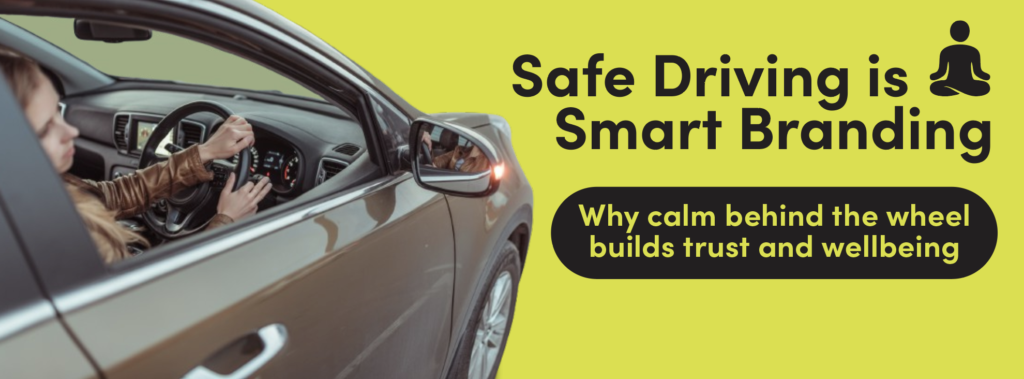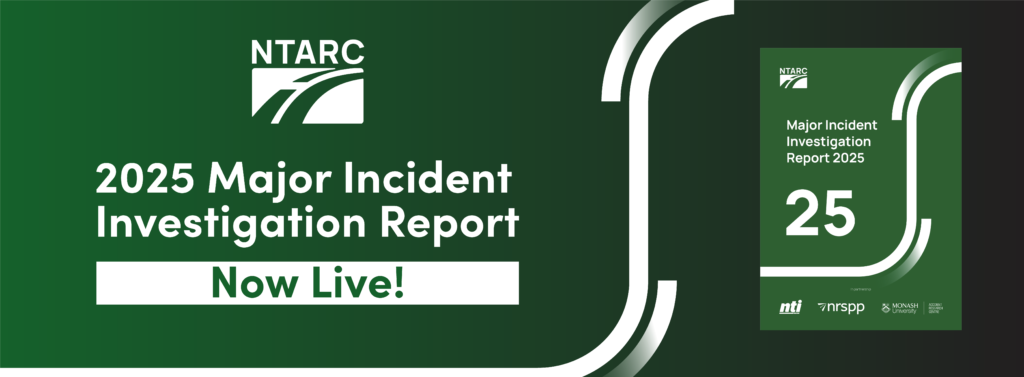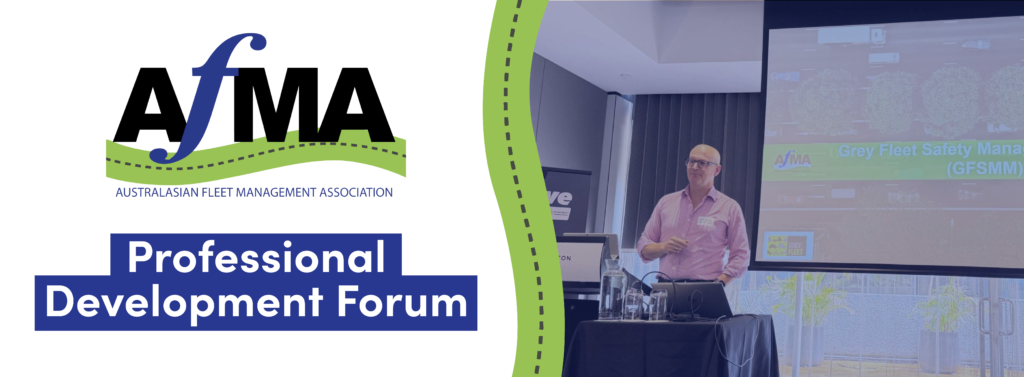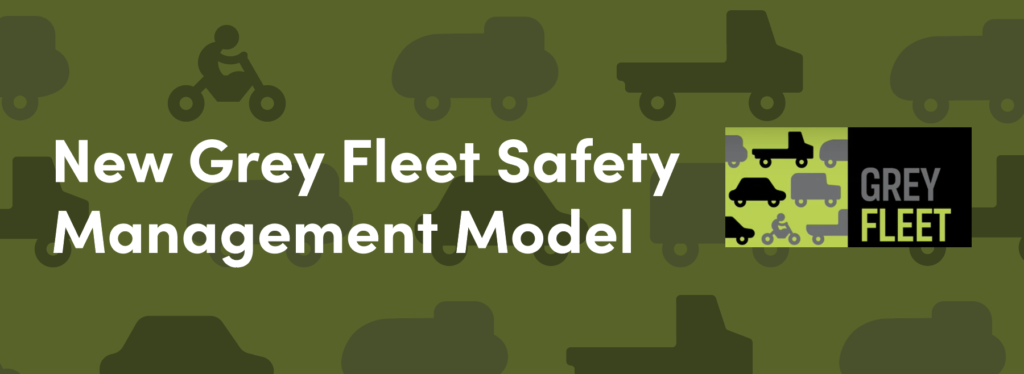Safe driving is smart branding: why calm behind the wheel builds trust and wellbeing

When we talk about safe driving, we often focus on road rules and incident prevention. But in the workplace, driving is more than just a task, it’s a reflection of your company’s brand, your employees’ wellbeing, and your culture of care.
Driving isn’t just driving – it is doing work under pressure.
Work-related driving comes with a unique set of demands. Drivers aren’t just going from point A to B, they’re navigating complex emotional and logistical terrain:
- Coming off an adrenaline-fuelled job
- Heading into a difficult client conversation
- Managing tough phone calls
- Transporting customers while maintaining professionalism
- Feeling the pressure to “just get the job done”
- Decompressing after a problematic or emotionally demanding task
Add scheduling pressure, unpredictable traffic and the mental load of multitasking and you’ve got a recipe for stress and anger. These emotions do not stay silent. They travel with us and shape how we drive.
Emotions while driving are natural – but risky
Our bodies are programmed to respond to pressure. Heart rate spikes. Focus narrows. Emotions flare. But here’s the paradox: these responses don’t make us safer on the road, they increase our risk.
- Anger behind the wheel increases crash risk ten fold
- When this becomes aggression the risk increases to 36 fold (Dingus et al., 2016)
That’s on par with driving under the influence. And workers are statistically more likely to experience anger or aggression while driving than the general public. (Stephens et al., 2021)
Emotional regulation is a safety skill
We can’t eliminate stress or anger – and they’re on the rise. Global studies, like Gallup’s 2024 Global Emotions Report, show that people are feeling angrier than ever, likely due to mounting life and work pressures.
We can, however, manage our responses, especially in high-pressure situations like driving.
Supervisors and drivers need to:
- Recognise high-risk emotional situations
- Learn tools to self-regulate emotions when these occur
- Create a culture where calm driving is the norm
How do you build a culture of calm driving?
Start by developing strategies that work for your drivers and align with company policy. These can be applied during the planning, driving and post driving stages. Examples include:
- Pre-drive emotional check-ins
- Route planning to reduce time pressure
- Post-drive decompression routines
- Training in emotional regulation techniques and understanding aggressive
driving responses
Meet the RAD: Reducing Aggressive Driving program
This is where RAD comes in. RAD is an evidence-based program that helps drivers and supervisors turn emotional regulation into a practical, everyday skill. RAD goes beyond traditional driver safety. It’s not only about reducing aggression, it’s about building emotional awareness, self-management, and resilience behind the wheel and supporting drivers and supervisors to develop practical strategies built around their unique driving circumstances.
Across a 90-minute self-paced online Monash University learning module RAD helps drivers:
- Recognise emotional triggers
- Develop practical strategies to stay calm and focused
- Avoid dangerous emotional driving
What drivers say about RAD:
- 86% of people who did RAD reported they generated realistic strategies to stay calm while driving
- 97% of people said that RAD helped them stay calm while driving
- 74% they used these strategies outside of driving
Emotional regulation goes beyond driving
Emotional-regulation and programs such as RAD support more than just road safety. they promote employee wellbeing. Indeed, emotional regulation training has been shown to reduce burnout, improve mental health, and enhance job satisfaction (Mehler et al., 2024).
The benefits do not stop there.
Driving calmly builds more than safety
Driving calmly builds more than safety It builds brand trust. Courteous, calm driving reflects a company that values safety and respect. It supports employee wellbeing. A culture that supports emotional regulation and realistic expectations reduces burnout and stress. It leads to operational efficiency. Reductions in crash risk translate to fewer incidents, lower costs and downtime and better customer experiences.
Safe driving is smart business. When emotional regulation becomes part of your driving culture, the benefits extend far beyond the road.
Further resources:





